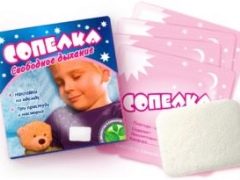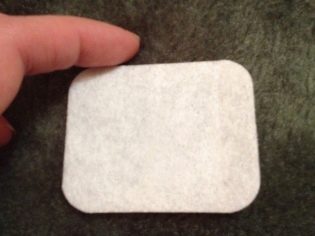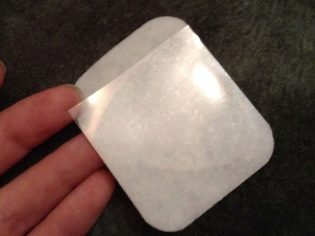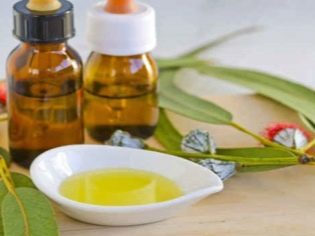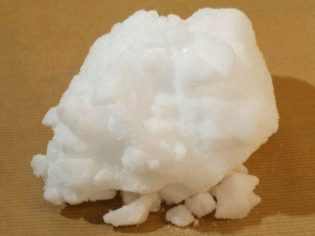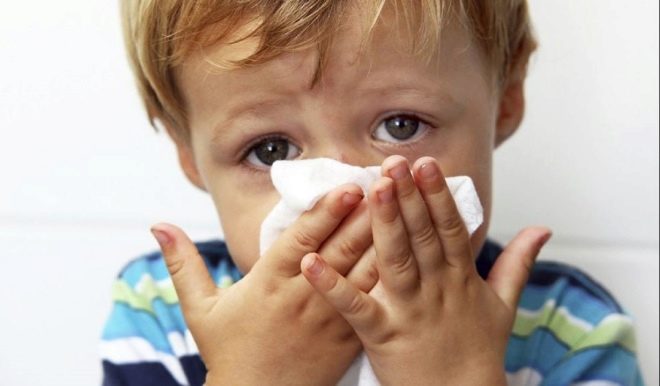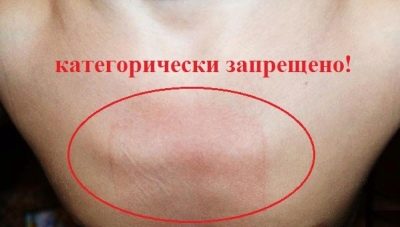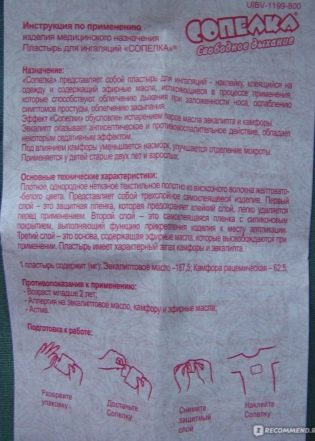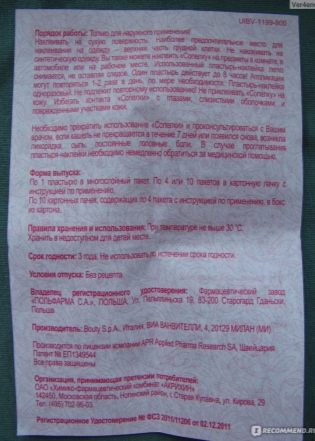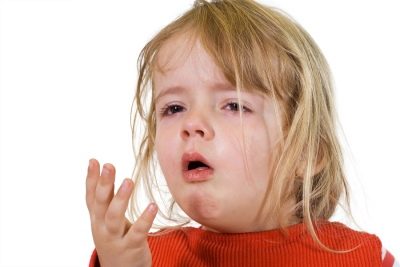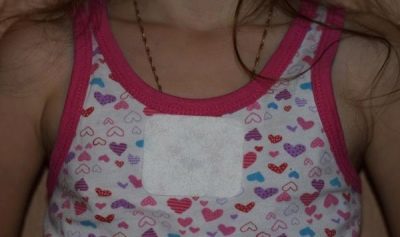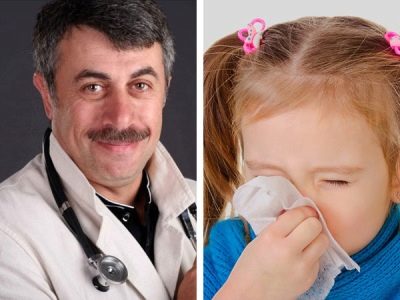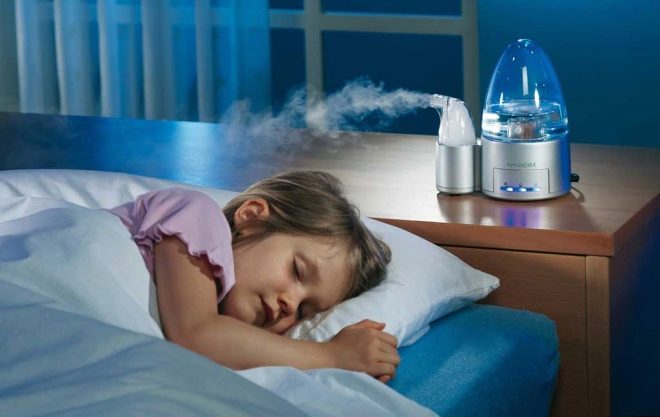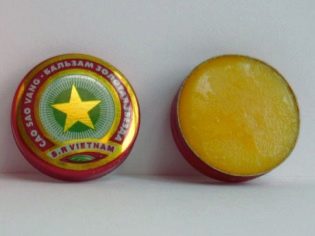"Sopelka" for children: instructions for use and analysis reviews
Many parents prefer to treat the runny nose in children with natural remedies. It is believed that natural products are better tolerated by the child's body and less harmful. One of the favorite moms means inhalation plaster "Sopelka". How to apply it correctly, we will tell in this material.
About the drug
According to the registry of medicines, the patch "Sopelka" refers to the category of herbal remedies for colds. It is called inhalation, since its main function is to “give away” the aromas of essential oils that a child with a cold inhales in a completely natural way. Treatment with this remedy does not require parents' persuasion and exhortations: usually children willingly agree to have a small piece of a fragrant plaster attached to their pajamas or a little one. It is not painful, not scary, not bitter. And therefore, from the point of view of the child, perfect.
The plaster is packaged in boxes, there is a packing on 4, 7, 10 and 15 bags with a single "dose". A wonderful patch is quite simple - its tissue part is impregnated with medicinal herbal compositions, and the adhesive is covered with a film. This film is removed only immediately before use. The adhesive side adheres to the child’s clothing, the impregnated fabric part remains on the surface.
The patch is made by the Italian pharmaceutical company Bouty S. p. A.
Composition and mechanism of action
The composition of the drug impregnation "Sopelki" only two ingredients that are familiar to all parents from their own distant childhood. True, they gave them from colds and cough earlier in a different form - in ointment, in liquid form. We are talking about substances such as eucalyptus oil and racemic camphor. No other additives and components in the "Nozzle" for children are not provided.
These essential substances are capable of rapid evaporation, which is the reason for the pharmacological effect of the patch. The volatile substances of essential oils facilitate difficult nasal breathing during a runny nose, have a certain antiseptic and anti-inflammatory effect on the mucous membranes of the upper respiratory tract, and also have a mild sedative effect, due to which the child improves sleep.
Most of the action is due to the presence of eucalyptus oil - it is it that gently affects the mucous membranes of the respiratory system and the nervous system of the child. A camphor only complements the effect, mainly acting in the nose, facilitating nasal congestion.
Indications and contraindications
Indications for use are few. Manufacturers recommend the use of an inhalation patch for signs of a cold, a cold and cough to relieve symptoms. In practice, "Sopelka" is often recommended for improving the quality of night sleep in children with neurasthenia and hyperactive babies who have a shallow and shallow sleep.
"Sopelka" is contraindicated in children with asthma. Essential oils can worsen the condition of the baby and provoke an attack of suffocation. It is also not recommended to treat children with an inhalation patch with a tendency to be allergic to plant components, especially eucalyptus, pine, resin, laurel and camphor laurel.
Despite the vegetable origin of the drug, there are specific age restrictions.These should be described in more detail.
Age restrictions
Manufacturers strongly discourage parents from buying and using the patch to treat children under 2 years of age.
Infant essential oils are contraindicated in any form, since they are a strong allergen and can cause serious consequences for the health of the infant.
Children under 1 year are prescribed other drugs, topical preparations, as well as systemic drugs that the doctor deems necessary. The fact is that the nasal passages of such babies are narrow, the outflow of mucous secretions can be difficult. In combination with naturally occurring inflammation of the mucous membranes of the upper respiratory tract in a disease, “Sopelka” is more likely to cause allergies that will aggravate the situation and worsen the child’s condition.
At 2 years and older, parents should use inhalation patches in accordance with the instructions that are put in each pack.
Instructions for use
Despite the word "inhalation" in the name of the drug, you should not try to use the patch at least somehow, except for the recommended method - externally. Apply the "Nozzle" - easy. To do this, just open a small multi-layer bag with a piece of plaster, remove it, peel off the top layer and stick the sticker where it belongs.
Where it should be - this is the first fundamental question. Some parents believe that it will only be better if the plaster is attached closer to the child’s nose - on the cheek, on the neck, some even tried to stick it to the chin to the toddler. These parts of the body are not suitable for application "Sopelkoy."
It is recommended to fasten the patch only on a dry surface. Best of all - on the upper chest part of pajamas or T-shirts, in which the baby sleeps, or on the headboard of his bed. Skin contact is undesirable due to the high probability of an allergic reaction.
A single use is usually used - at night. But in case of severe nasal congestion, you can do the application twice a day - in the morning and in the evening before bedtime. It should be understood that one piece of plaster acts no more than 8 hours, and therefore it is unreasonable and useless to reuse it.
With each sticking you need to use a new sticker.
Side effects and overdose
Manufacturers in the official instructions to their drug indicate that data on overdose and side effects have been reported. Indeed, if you use the patch correctly, the likelihood of any negative consequences for the child’s health will be minimal.
The fact that the patch is used erroneously, or the parents did not become familiar with the section on contraindications, may indicate the appearance of frequent dry cough about 20-30 minutes after application. An allergic reaction can occur both locally - in the form of redness, erythema and swelling in the area of contact with the plaster, and systemic respiratory phenomena, headache, dizziness, nausea. In case of bronchial asthma and other illnesses accompanying the obstruction, difficulty breathing, feeling of lack of air can be observed.
When such symptoms appear, the sticker should be removed as soon as possible in order to stop the effect of essential substances on the child's body. If breathing is difficult, immediately after removing the application, call an ambulance for the child, open the windows and ensure fresh air.
Useful tips
When using an inhalation patch, parents should be aware of the following safety precautions:
- the plaster should not be in contact with damaged skin;
- the child should not touch his hands in order to avoid subsequent contact of hands with eyes and mucous membranes;
- Before making an appliqué on clothes, be sure to make sure that pajamas or a child’s shirt is sewn from natural fabrics without the use of synthetics or semi-synthetics; it is prohibited to glue “Sopelka” on such fabrics;
- if a child accidentally or deliberately swallowed a piece of inhalation plaster, you should consult a doctor for emergency care;
- you need to visit the doctor in the event that the weekly use of "Sopelki" did not alleviate the baby's condition at all;
- ensure proper storage of unused patches, prevent free access to them for the child;
- do not be afraid to stick the plaster on the clothes: the composition of the adhesive layer is thought out to the smallest detail - it does not leave stains, marks, or “pellets” on the fabric, the clothes will not suffer.
Opinion of Dr. Komarovsky
The famous pediatrician Yevgeny Komarovsky believes that the treatment of a cold in a child should not be limited to the use of pharmacy medicines, as drops, ointments and tablets can quickly relieve unpleasant and painful symptoms, but, alas, are not able to eliminate the cause of rhinitis.
An inhalation patch is a good treatment, according to Komarovsky, for the very reason that it does almost no harm, and the right attitude is created with the parents - they treat the child, they are not idle.
If you choose between drops with a vasoconstrictor action and "Sopelka", definitely, there are more advantages with vegetative stickers.
Regarding the benefits of the patch - a moot point. No applications will bring the desired result if the child continues to be in a dusty, stuffy room, even if all pasted over with wonderful patches. So, immediately after going to the pharmacy for packing "Sopelki", mother should thoroughly clean the floor in the house, wipe off the dust, and ventilate well.
It is better to put the books in the closet so that they are kept behind the glass, and you should remove the soft toys from the children's room, since they are universal mega-drives of house dust.
If parents decide to use "Sopelka", in addition to sticking (two or once a day), the doctor advises to provide abundant and warm drink to the child throughout the day, as well as washing the nasal passages with household saline or pharmaceutical means based on sea water. This will help avoid the worst - drying nasal mucus. If it dries out, the snot will stop flowing, and the inflammatory process is likely to develop, which can have long and serious consequences.
At the time of treatment (and better afterwards), according to Komarovsky's method, it is necessary to maintain sufficient humidity in the room (50-70%) and a certain temperature - about 21-22 degrees Celsius. It is also necessary for the dilution and removal of nasal and bronchial mucus and prevention of complications.
Only when all these conditions are met, the Sopelka plaster will act most efficiently and the child will be able to recover faster.
Although without the "Sopelki" when creating the correct and optimal conditions, a runny nose passes on average for 3-6 days. But without “Sopelka” it is difficult for parents, for whom it is very important to “at least treat something” of their son or daughter.
Analogs and prices
The closest analogues of inhalation stickers can be considered the familiar “Star” - balm or ointment. Today it is called the "Golden Star". You can also buy in the pharmacy balsam "Vicks Active"With eucalyptus and the addition of menthol. At the very least, you can buy separately camphor oil and eucalyptus oil, pieces of plaster and make a therapeutic inhalation plaster with your own hands, soaking the fabric layer with a few drops of essential oils.
Minus self-preparation is the inability to accurately measure the need for the ratio of two ingredients in grams, which again increases the likelihood of an allergic reaction.
As for the cost, it is quite high for the original drug: as of June 2018, a pack of 4 patches costs an average of 260 rubles, a box with ten patches will have to pay 540-580 rubles.
For comparison: the Golden Star balm costs from 120 rubles, and Vicks Active with menthol and eucalyptus - from 180 rubles.
An approximate calculation of self-production is as follows: eucalyptus oil - 50 rubles, camphor oil - 30 rubles, plus another 30-50 rubles for a plaster. Draw your own conclusions.
Review Review
Judging by the parents' opinions on the Internet, allergic reactions to Sopelka occur more often than the manufacturers promise in the instructions, although this is also the fault of the parents: many find it difficult to figure out whether there is synthetic fabric in pajamas, which is why children have redness and inflamed areas the next morning where the patch came into contact with their pajamas or nightgown.
Some parents use a plaster for prophylaxis - during the period of seasonal viral diseases they fix Sopelka in the mornings in the car on the way to school or kindergarten, so that the child can breathe essential oils and gain strength.
For the safety of the patch on the clothes can not worry. According to the reviews of moms, it is fastened tightly, and even a restless and constantly turning over child does not get unstuck overnight, remains in place.
Despite the age ban (up to two years), some parents stick applications from an inhalation patch on the bed to infants, the feedback on this use is quite positive.
Some children, according to moms, do not like the smell, they consider it harsh. In this case, the mothers go for small tricks - stick a sticker on their pajamas a couple of hours before bedtime, and when it comes time to go to bed, the smell becomes not so sharp, and the child calmly agrees to put on such pajamas.
Observant parents noted that the plaster helps a sick child to sleep more tightly and makes breathing a little easier, but, alas, he cannot speed up recovery. Both Dr. Komarovsky and thousands of other children's doctors fully agree with them. They prescribe "Sopelka" and its analogues, if only in the complex treatment as a symptomatic remedy.
About what moms think about the plaster from the common cold "Sopelka", see the following video.
